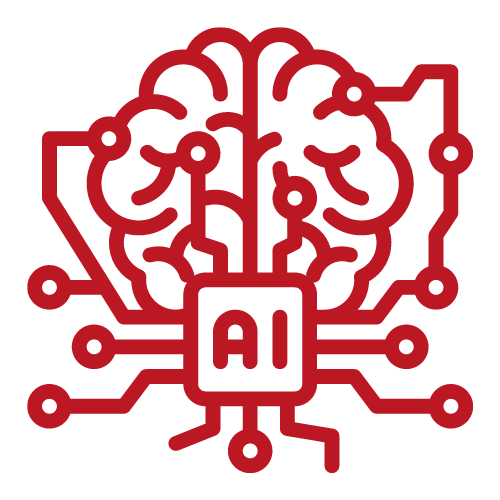

Getting Started with Langchain: Agents & Memory
Hosted by Mohammad Arshad
Mohammad Arshad

SEP
14
Thu, 14 Sep
02:30 PM - 04:30 PMfalse
Online
Register to get link
About
📣 Getting Started with Langchain: Agents & Memory
Introduction
Langchain is a hypothetical advanced computational system that integrates natural language processing (NLP) and blockchain technology. It is designed to understand, generate, and store human language patterns, ensuring high security, transparency, and immutability.
Agents in Langchain
Definition:
Agents are individual units or nodes in Langchain responsible for processing and understanding language input.
Functionality:
Each agent has the capability to process language data, generate responses, and interact with other agents.
They employ advanced NLP algorithms to comprehend and produce human-like text.
Inter-Agent Communication:
Agents can communicate with each other, sharing insights, clarifying ambiguities, and collaboratively generating more refined outputs.
This collaborative approach ensures high accuracy and context-aware responses.
Learning & Adaptation:
Agents are designed to learn continuously. As they process more language data, they refine their understanding and adapt to new linguistic patterns.
Memory in Langchain
Blockchain Integration:
Langchain's memory is built upon blockchain technology, ensuring that every piece of language data processed is stored securely and immutably.
Data Immutability:
Once a language pattern or response is stored in Langchain's memory, it cannot be altered. This ensures data integrity and authenticity.
Transparency & Traceability:
Every transaction or language data processed can be traced back to its origin. This transparency ensures accountability and reliability in the system.
Decentralization:
Langchain's memory is decentralized. This means there's no central authority or storage. Instead, data is distributed across various nodes, ensuring high availability and resistance to data loss or tampering.
Security:
Advanced cryptographic techniques ensure that the data stored in Langchain's memory is secure from unauthorized access or breaches.
Event By
Ask a question
9 people attending





See attendees
Location

Register to get event link
Online
This event is part of a community

Artificial Intelligence Guild
114 Members
